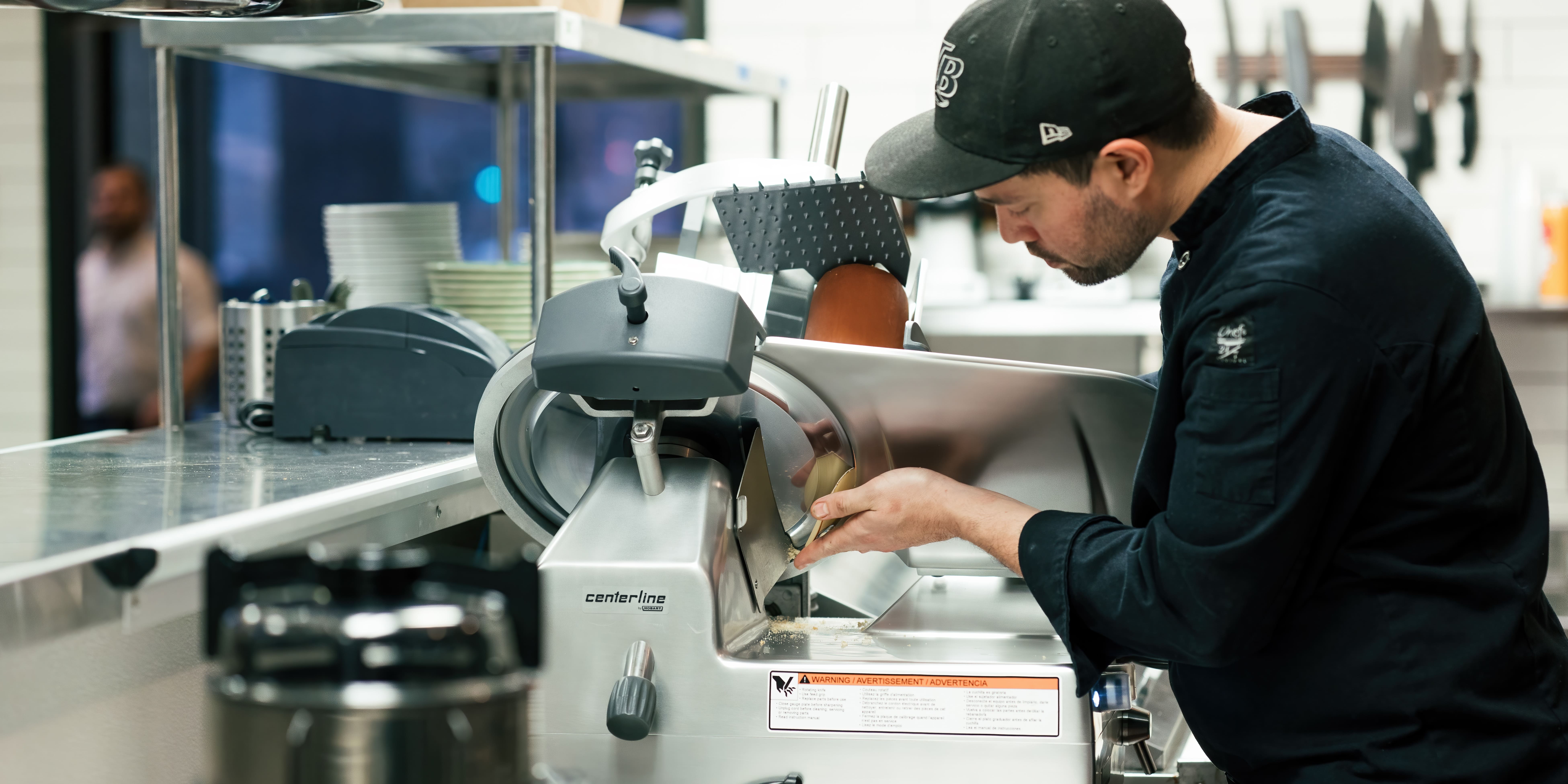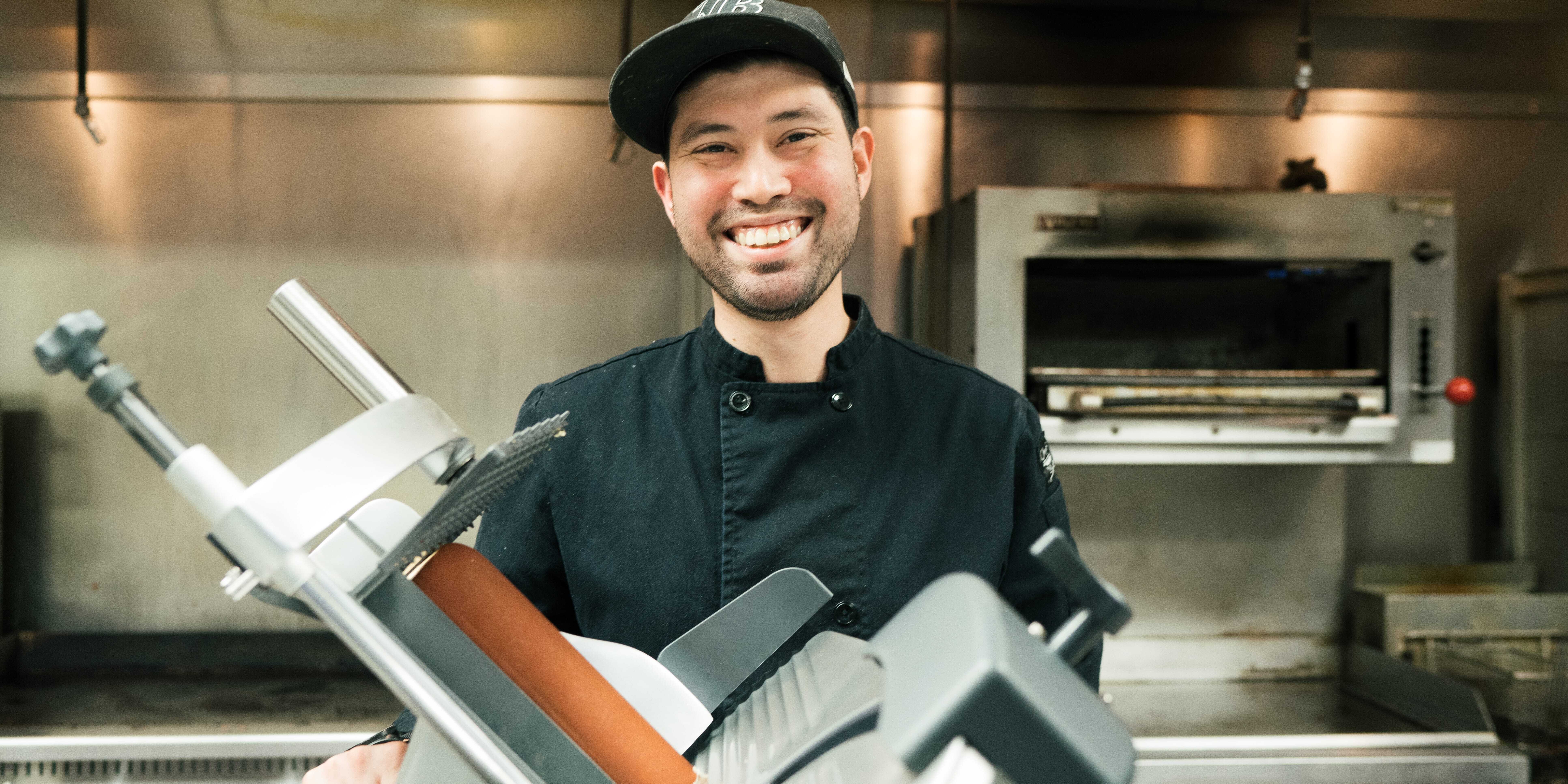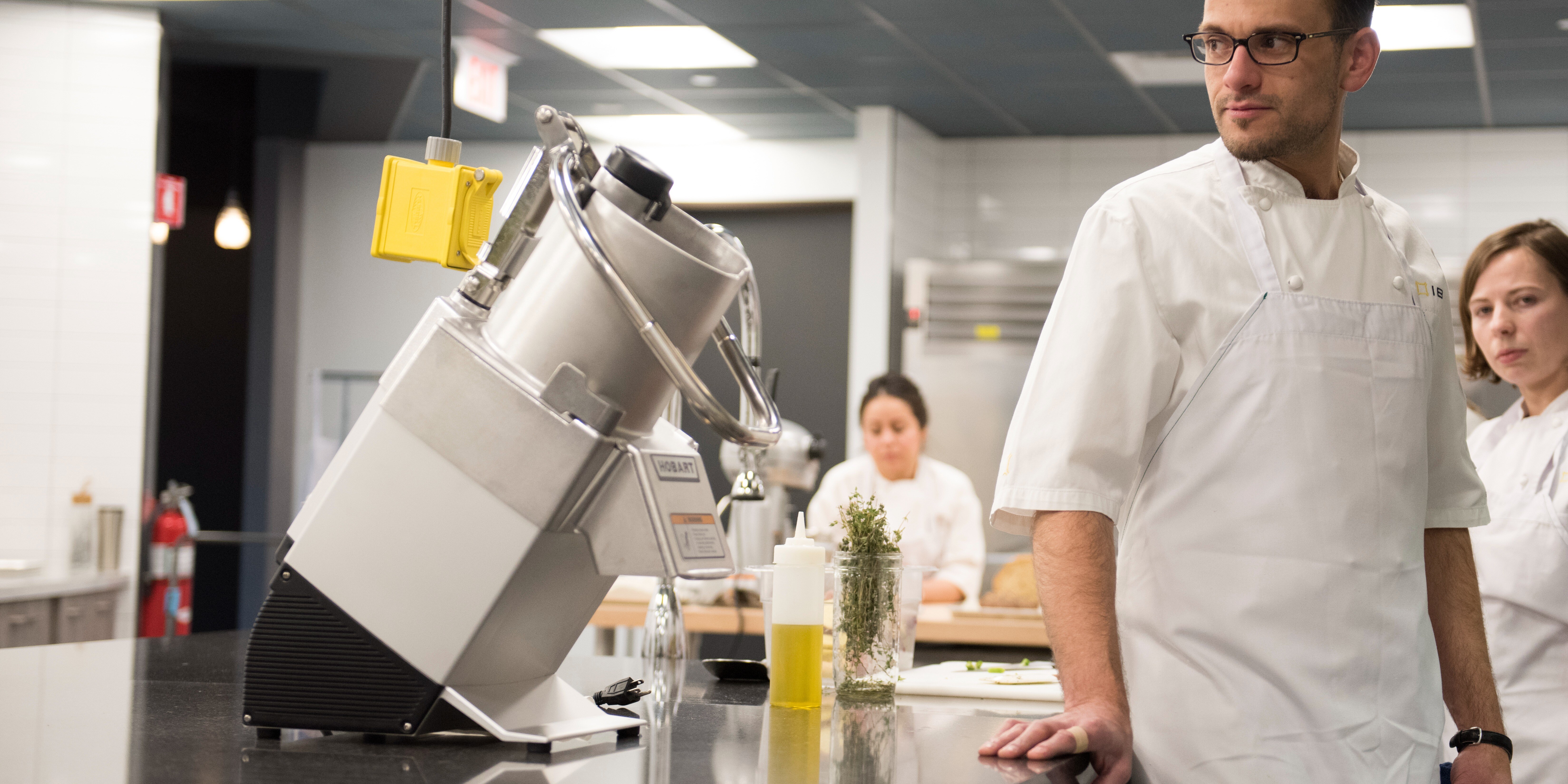Our hands can do a lot in the kitchen. They can knead dough, slice vegetables, stir delectable sauces, shred cheese, and mold chocolate among a hundred other things. However, like a handyman needs their screwdriver or drill, chefs may invest in their tools of the trade. For some this could be a mixer, others it can be a slicer. However, one tool that many chefs underestimate the value of is that of a food processor.
Food processors offer several benefits over hand cutting produce or buying pre-cut. Here are 5 reasons you should consider investing in a food processor:
Saves time and labor
It is no secret that dicing several bags of tomatoes or onions will take some time (it might even make you cry). Hobart’s continuous-feed food processors have the ability to dice several pounds of produce in less than a minute AND keep the tears to a minimum. The FP100, Hobart’s smallest continuous-feed food processor can process 11 pounds a minute, all the way up to the largest model, the FP400i, which can process a whopping 132 pounds a minute! Having the ability to cut prep time in half is key, especially when trying to save on labor or when down a body in the kitchen.
Consistent cuts
A chef aims to please their customers, which is why having consistent cuts is important. Several bodies prepping in the kitchen can mean a varying level of knife skills. With a Hobart continuous-feed food processor, you can get consistent cuts every time. When loading your food processor, load product against the wall moving counterclockwise. As the knife moves clockwise, this orientation will allow the product to gets cut consistently. Not to mention, Hobart offers a variety of cutting tools for different thicknesses of slicing, dicing, and shredding to be sure you don’t have to compromise.
Better food quality
Buying quality ingredients is important to creating quality meals. While buying pre-cut and pre-washed vegetables may be appealing because of saving time, it may surprise you how much quality those ingredients are losing.
According to the CDC1, roughly half of all foodborne illnesses in the US stem from fresh produce contaminated with salmonella, E. coli or listeria. Instead of one head of lettuce being contaminated, when buying precut, the whole bag is contaminated.
Not to mention, fresh produce lasts longer and tastes better than precut produce. Whole fruits and vegetables hold a lot of moisture (and flavor). Think about slicing a juicy tomato or a fresh cucumber – moisture starts to pool on your cutting board or knife. The same thing happens with precut vegetables, except all the moisture and flavor is nearly gone by the time it reaches your kitchen. This will be apparent by comparing the shelf life, too.
Hobart’s continuous-feed food processor cutting tools move at an ideal speed of 420 RPM. This speed is fast enough to cut consistently and precisely, but gentle enough to maintain the moisture.
Versatility
We have talked a lot about slicing and dicing, but Hobart’s food processors can do much more! In our continuous-feed units, operators can grate, shred, crimp, and julienne in addition to slicing and dicing.
In Hobart’s bowl-style food processors, operators can process a variety of applications including hummus, pesto, dough, dressings and more.
Saves money
I know what you are thinking…how can buying a new piece of equipment save me money? While it may seem like a big purchase upfront, the payback on a food processor is very quick. But don’t just take our word for it, try out our total cost of ownership calculator. This calculator helps determine how much time you would save using a food processor over hand cutting and how long it would take before the machine paid for itself. Beyond saving time, using a food processor can also cut down on waste, saving you money.
To learn more about Hobart’s food processors and how they can help your kitchen, visit our website or download our Food Processor brochure.
Sources:
1Attribution of Foodborne Illness: Findings | Estimates of Foodborne Illness | CDC
This article was originally published in Modern Restaurant Management
About the Author
 Megan Gray is the product line manager for Hobart – Food Preparation Products. She has been with Hobart since 2017 and specializes in Hobart meat room, specialty and food processing equipment. See all her blogs here.
Megan Gray is the product line manager for Hobart – Food Preparation Products. She has been with Hobart since 2017 and specializes in Hobart meat room, specialty and food processing equipment. See all her blogs here.





-min.jpg)





